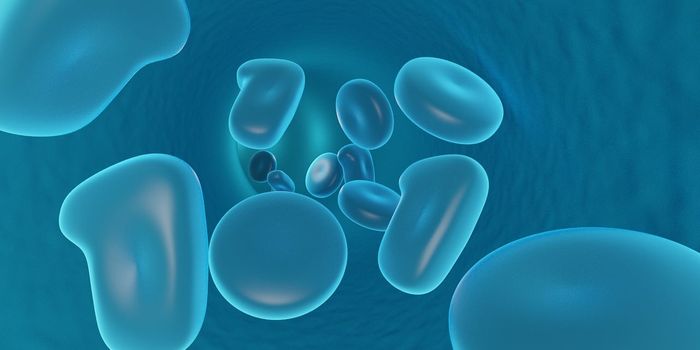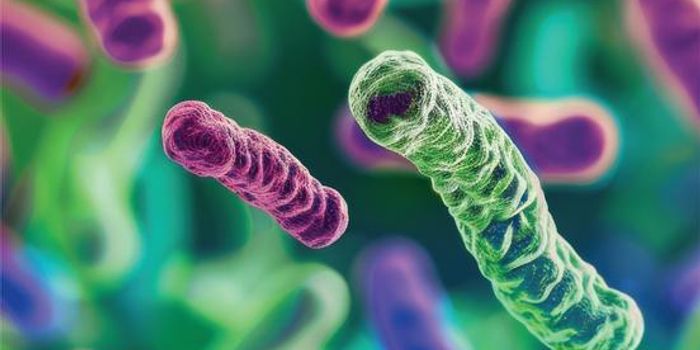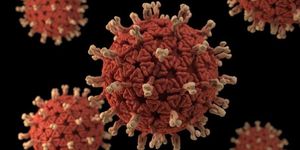Treating Alzheimer's? Target Microglia
The body’s own immune cells may be the common denominator in Alzheimer’s disease. In a new study of the relationship between microglia, tau protein, and the APOE gene, researchers realize that targeting microglia may be way to prevent neurodegeneration.
Scientists have been studying the story of neurodegeneration in diseases like Alzheimer’s for decades. Let’s meet the main characters of this story.
- Tau protein: In healthy states, tau is a normal part of healthy neuron function, but in the brains of people with neurodegeneration, tau protein aggregation inside neurons is a sign of upcoming tissue damage and the classic symptoms of cognitive decline, mainly forgetfulness and confusion.
- Microglia: Macrophages like microglia are antigen-presenting, cytokine-releasing, phagocytic immune cells that target and destroy cellular debris and potential pathogens. Microglia are resident macrophages of the brain, and they play a key role in homeostasis during development, adulthood, and aging.
- APOE: Humans who carry a particular variant of a gene called APOE are 12 times more likely to develop Alzheimer’s disease. The variant, called APOE4, gathers inside microglia cells and contributes to neuronal damage.
Past studies have shown that microglia hinder the production of “bad” tau protein, indicating that microglia support could help address Alzheimer’s progression. But the present study shows that microglia may have a “bad side” themselves. New results show that tau protein aggregation activates microglia to attack the neurons harboring the tau clumps, leading to neurodegeneration.
The study was conducted in mice genetically modified with human tau proteins that have an abnormally high affinity for aggregation. Additionally, one group of mice was given the human APOE4 variant, and one group of mice was given no APOE at all. Lastly, some mice were fed a microglia depletion diet, some not.
Brain tissue damage appeared the worst in experimental mice with both high-affinity tau aggregation and the APOE4 variant, except in the mice with depleted populations of microglia. Brain tissue damage was minimal in mice with intact microglia populations and high-affinity tau aggregation but no APOE4 variant.
The researchers recognized this as a sign that microglia require APOE to activate and target tau, and microglia need to be activated to play their role in neurodegeneration. The bottom line? The body’s own brain immune cells seem to be the key to thwarting the initial stages of neurodegeneration, at least in mice.
"If we could find a drug that specifically deactivates the microglia just at the beginning of the neurodegeneration phase of the disease, it would absolutely be worth evaluating in people,” explained senior author David Holtzman, MD.
According to the Alzheimer’s Association, Alzheimer’s is the sixth leading cause of death for Americans, and experts project that by 2050, 14 million Americans will be living with the disease.
Sources: Seminars in Immunopathology, British Society for Immunology, Washington University School of Medicine, Journal of Experimental Medicine








